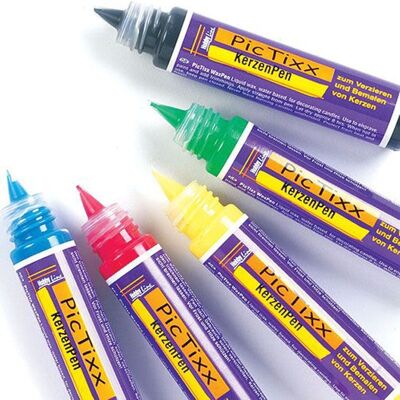


Gum Arabic - Acacia Gum - Chaar Gund - Char Goond - Meska - Acacia Senegal Gum - Gummi arabicum European Union Approved Food Additive: E414 - Natural Gum - Emulsifier (thickener/stabiliser) Direct Food Substance Generally Recognized As Safe (GRAS): 21 CFR 184.1330 Suitable for Vegetarians and Vegans, Halal and Kosher CAS Number: 9000-01-5 EINECS Number: 232-519-5 Source Gum Arabic is a gum formed from the sap of Acacia trees, which grow in Sudan and throughout the African Sahel, stretching from Senegal to Somalia. Acacia senegal (the Gum Arabic or Gum Acacia tree) produces the highest qrade of Gum Arabic, known as Kordofan or Hashab and primarily comes from Senegal. Acacia seyal (also known as Vachellia seyal or the Red Acacia tree) produces a grade called Talha gum that mainly comes from Sudan. Incisions are made in the bark to encourage the production of the viscous exudate, which is tapped and hardens in the air and sunlight to form tear-shaped lumps. Properties Gum Arabic is sold in the form of lumps or a food and pharmaceutical grade powder. It is edible, but tasteless and odourless, and performs an encapsulation and suspension function for flavours. The gum also has film-forming and adhesive properties, functioning as a binder and gelling agent. It is a natural hydrocolloid, forming a gel in the presence of water, but is fully water-soluble, forming a clear, viscous solution that is weakly acidic (pH of around 4.5). Gum Arabic comes in two grades that have different chemical compositions: Senegal grade is used as an emulsifier, mainly in beverage emulsions, while Seyal grade is used in confectionery, coatings and as a soluble dietary fibre. Uses Food Industry Gum Arabic is used as a food additive in sauces and dressings, functioning as an emulsifier, stabiliser and thickening agent. In dry packaged goods such as soups, instant drinks and dessert mixes, Gum Arabic improves dispersion when added to a liquid and helps to encapsulate and protect flavours, extending shelf-life. In baking, it is used in icing, fillings and edible glitter for cakes. In beverages, Gum Arabic acts as an emulsifier and stabiliser of oil-water emulsions, a thickener in dairy products, and a clouding agent in other liquids. It is also a foam stabiliser in carbonated soft drinks and a clarifying agent in the production of alcoholic beverages such as wine and beer, as well as acting as a texture improver in winemaking. Confectionery Industry Gum Arabic is used as an ingredient in chocolate candies, gumdrops, marshmallows and chewing gum. It functions as a glazing agent to coat chocolate products thanks to its film forming ability, and also acts as a barrier coating to separate sugar and fat. Gum Arabic helps to retard crystallisation in high sucrose confections and emulsifies oils and fats used as flavourings. In addition, it is used as a flavour carrier, imparting a clean, long-lasting fresh taste in chewing gum. In soft, chewy candies, Gum Arabic enables the product to be chewed for a longer period without sticking to the teeth. It is used in higher concentrations in reduced calorie soft candies. Gum Arabic is also used in anti-cariogenic (anti-tooth decay) candies since it is resistant to degradation by micro-organisms in the mouth. Pharmaceutical & Healthcare Industry Gum Arabic is used as a dietary supplement, including high fibre powders and drinks, and may have some prebiotic properties. It is also an ingredient in cough syrups and is used as an excipient coating for tablets and capsules. In addition, it may promote wound healing and act as a demulcent, relieving inflammation or irritation of the mucous membranes in the mouth by forming a protective film and reducing dental plaque.

























